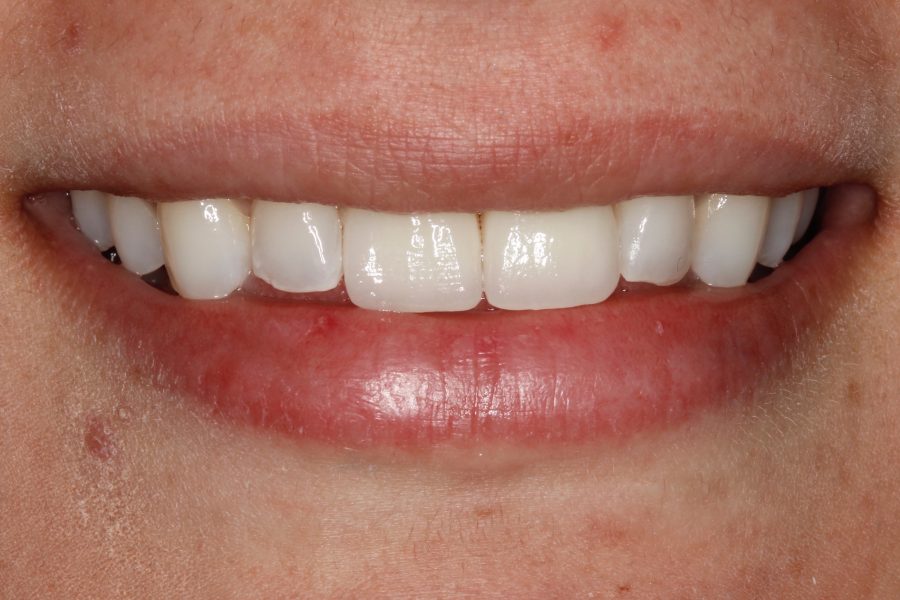COSMETIC DENTISTRY
In cases of very significant loss of tooth structure either due to severe decay or extensive tooth fracture a crown is needed in order to protect the remaining tooth structure from further loss due to mechanical overburden (fracture during mastication).
Full ceramic crowns are restorations, which completely cover the tooth all around it. As opposed to traditional porcelain fused to metal crowns their frame (inner core) is made of porcelain instead of metal. This difference offers a clear advantage of full ceramic crowns over the traditional crowns in terms of esthetics (more natural tooth appearance).
An additional advantage of full ceramic crowns is the stability of the restorative result over time.
As age progresses gums have a tendency to recede thus exposing the border of the restoration (it’s no longer slightly under the gums). In such a scenario, the border of a porcelain-fused to metal crown becomes very apparent due to its darker shade (core is made of metal) and presents a non-esthetic contrast with the tooth surface. As opposed to that, full ceramic crowns blend in more naturally with the exposed tooth surface, since their core is made of porcelain (bright color).
Similarly to the other ceramic restorations their completion requires 3 dental sessions.

